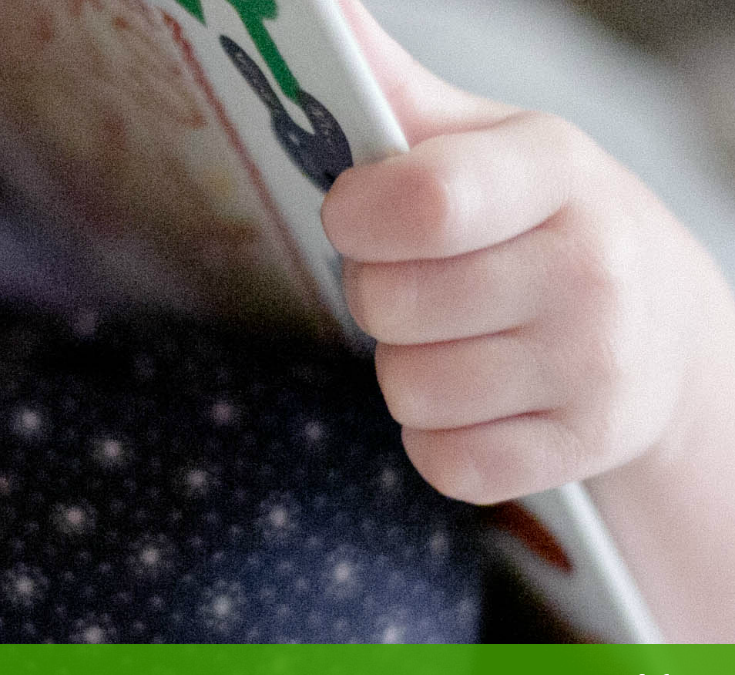
by Lisa Adams | Jul 2, 2016 | Encouraging children, How to teach children
My Mama was a voracious reader, and she passed the passion on to me. She used to tell me, that if I could read, I could learn anything. She was right! So how do I pass this love of reading on to my child? We all tend to do the things we love to do, over and over. If your child loves to read, he/she will develop excellence in this area. Below are a few tips for sparking a love of reading in your young child. 3 tips to raise a reader 1. Talk, talk, talk. Studies show that children who are read to and spoken to a great deal during early childhood will have larger vocabularies and better grammar than those who are not. Even when your child is preverbal, talk about the day with him/her. Discuss what you are doing, and when he/she is old enough ask questions about the day’s activities. As your child grows and develops language, continue the conversation. Children develop conversational skills through practice, which develops language and encourages your child to read. 2. Read, read, read. Begin to read to your baby from the time he is born. Children whose parents read to them are far more likely to develop a lifelong love of reading. Begin with simple board books, then picture books and longer stories as the child grows older. Don’t be afraid to use different voices for the different characters. Ask questions, and have him point to the pictures you are reading about. Let him point to the pictures and ‘read’ the story back to you. Take advantage of your libraries story...

by Admin | Jun 7, 2016 | Blog
Every student is unique and deserves the very best education possible, which is why I created the Exploring Music Curriculum. Children with learning disabilities, no matter what they are, present unique challenges for the parents and educators that love them and want them to succeed. There are lots of things you can do to enhance your child’s learning, but here are some of the things that will help make your child’s education easier. How to teach children with learning disabilities Give them a chance to observe first before getting serious and give them a chance to get used to the new material, technique or routine. Some students will pick up a new routine without hesitation. When new students try my DVD-based curriculum, some moms have noticed that their students do better when mom or dad is the ‘student’ for the first lesson and the child observes. If they want to participate, they are free to do so, otherwise, they can just watch and be in the room. Consider a DVD-based curriculum. While I might be a little biased, I believe that DVD curriculum that is interactive and encourages student involvement can be some of the best for students that learn differently. With an interaction-based DVD curriculum, you are involving different learning styles, including: Kinesthetic & Tactile learning where the student moves by doing things physically is perfect for DVD curriculum where the student is asked to dance, move and perform actions as part of the lesson Auditory learners will be able to hear the lesson which can be listened to as many times as the student needs. Visual learners can see...
by storysocialmedia | Jun 7, 2016 | Blog
This post offers ways to teach music to children ages 3 through 12. write your...




